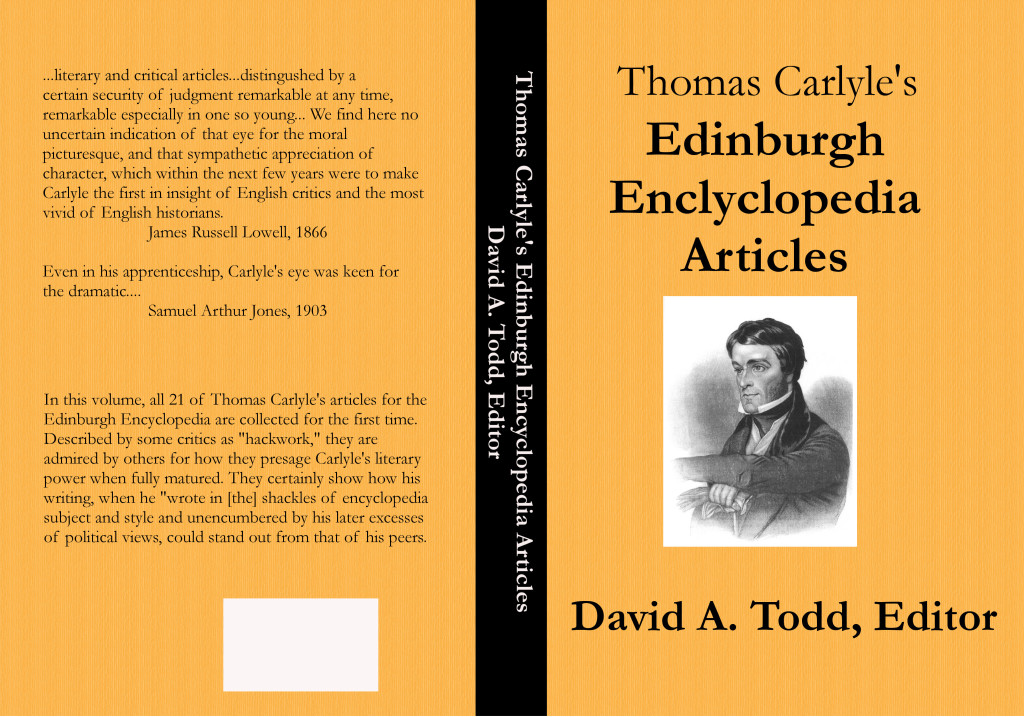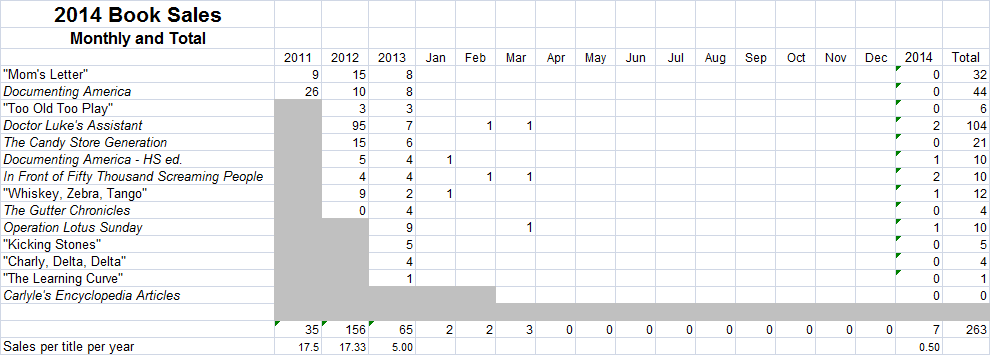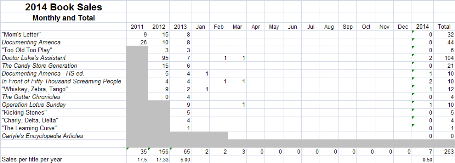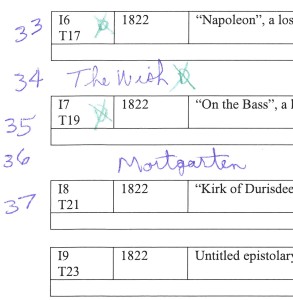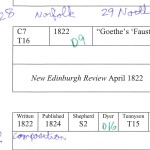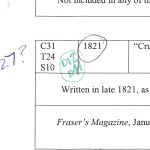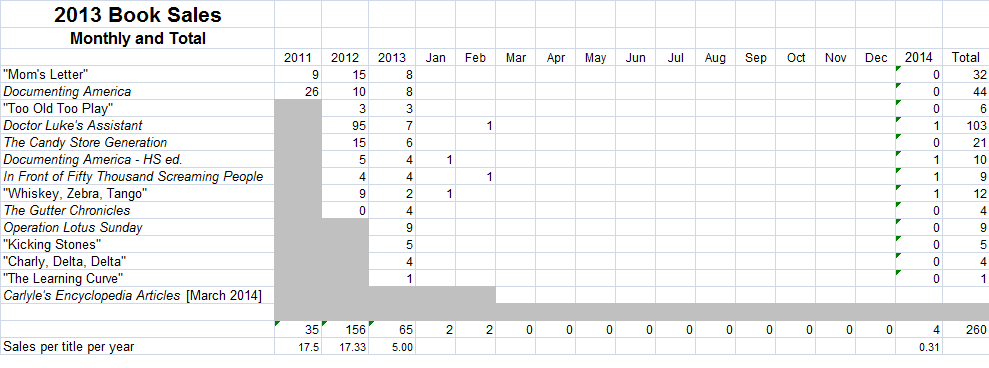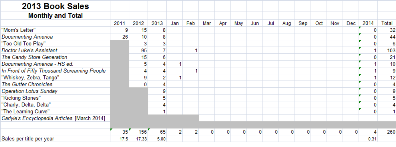Poetry has escaped me for some time. When I post about it at a place like Absolute Write I’ll say that poetry no longer comes to by either by inspiration or perspiration. However, that’s not completely true. To some extent I’m avoiding poetry so that I can concentrate on my prose works. I think I could write poetry again if I put my mind to it.
The only type of poetry that currently comes to me is haiku. You know what I mean: those pesky, three-line poems of certain syllable count and subject, including nature and a season of the year. We worked on them, I remember, in 8th grade English. I even remember one I wrote, and it being criticized in class, not for how it agreed with the form requirements, but rather that people didn’t like the conclusions the haiku drew. I even remember the main critic: Linda B——. I know nowadays they have students write them at an even earlier age. After all, it should be easy to do. Three lines, 5-7-5 syllables. What could be simpler.
Well, to some extent it is simple, as far as the mechanics go. But to have a haiku transcend being mere prose broken into lines takes some doing. I don’t know that I’m really there yet.
Part of the problem is trying to force a form that worked in Japanese to work in English. What we call syllables is different than how the Japanese language works. Their sounds are called “ohns”, and they are shorter than syllables. So while they may have a 5-7-5 structure, that would would be shorter than our 5-7-5 syllables. So the syllable count for English haiku should be seen as a maximum, not a fixed requirement.
Then there’s the issue of subject matter. Is it just simply about nature and a season, or is there more to it? Lee Gurga thinks there’s more, much more. He was once president (or maybe it was executive director) of one of the main haiku societies in America and editor of a haiku magazine. In a series of posts a number of years ago at eratosphere.com, he explained what it is the Japanese try to do with their haiku. Along with the length requirement, the subject matter is critical.
– It must include something about nature.
– It must include something about a season of the year.
– It should be two images, separate, and yet linked together simply by the words. He calls this the “syntactical cut”. Syntax should both link and divide the two images.
These are fairly exacting requirements. And, these are not requirements necessarily followed by most people who write haiku. To most people, the seasonal and/or nature reference is sufficient. A similar poem, the senryu, is the same length as the haiku, but can be about almost anything.
For myself, I took up the challenge of the two images divided by the syntactical cut. Only I decided to take it a step further. I decided make the images be in the first and third lines, and make the middle line able to apply to either image. Each image should be complete and natural when read with the middle line or read by itself. As a result, the middle line will have to include a preposition or conjunction.
My normal place to “write” haiku is on my weekday noon walks, or when commuting to work in the morning. Cloud patterns often inspire me, or other conditions of weather. For some reason my evening and weekend walks in our neighborhood don’t provide me with inspiration, nor does the commute home at the end of the workday.
Driving to work Friday morning in the pre-dawn, I saw a particularly large star in the east. Except then I remembered someone said that the planet Venus was rising ahead of the sun these days. That caused me to think of a haiku that would begin “Venus rising”. This stuck with me as I drove the last six miles to work. By the time I arrived I had the haiku finished. However, on the walk from my truck to the office I forgot that I had to write it down quickly. Thankfully by mid-morning it came back to me. Here it is.
Venus rising
ahead of a cloudy dawn
cold office beckons
The middle line will go with either of the others as a complete image, and the first and last lines stand alone as images of their own. I don’t know that that’s the final version yet, but I think it’s close.
So today, as I’m writing this to post tomorrow, I’m in The Dungeon. Outside a mid-March snow storm is raging. The temperature is now in the 20s, the wind is howling, and snow is about at 2 inches accumulated and still coming down. This is the latest it has snowed in the 23 years I’ve lived in the Bentonville-Bella Vista area. It has inspired another haiku.
wind, cold, snow
five days before equinox
no spring in sight
Again, I don’t know if that’s any good, nor if it’s the final version. But it fits the rules I use, based on Gurga’s teaching. I’ll keep it, I think, and add it to the mix of my poetic works.
Two poems in one week. I don’t think I’ve done that for two years. They’re only haiku, but…what am I saying? Only haiku? No, haiku aren’t simple, and shouldn’t be labeled as only anything.
